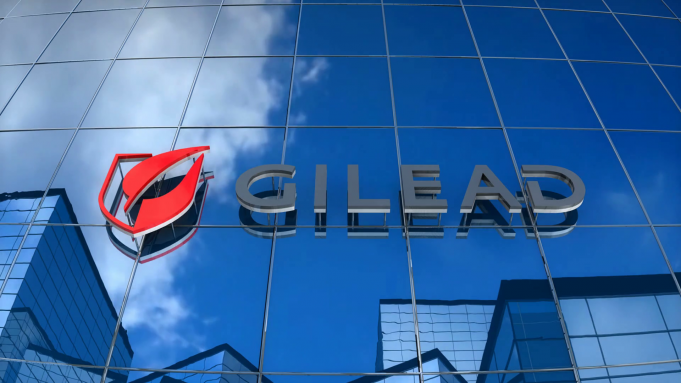Gilead Sciences is a research-based biopharmaceutical company that discovers, develops and commercializes innovative medicines. Gilead’s primary therapeutic areas of focus include Human Immunodeficiency Virus (HIV), liver diseases, cardiovascular, haematology, oncology, inflammation, and respiratory. The company has operations in more than 30 countries worldwide.
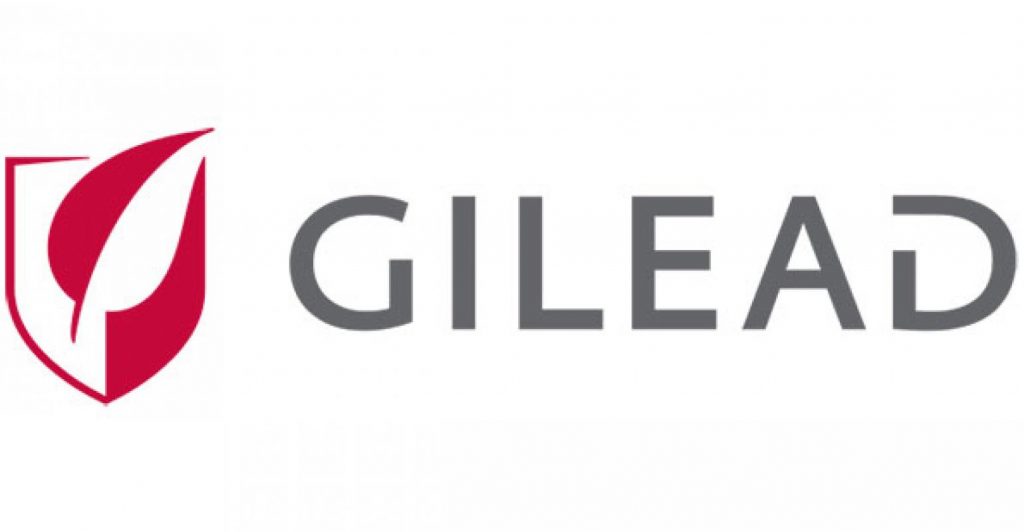
Understanding Gilead Business Model
Gilead is primarily an infectious disease focused pharmaceutical company. Gilead’s portfolio of 21 products is organized into one operating segment. The company offers its biopharmaceutical products for the following therapeutic segments:
- Human Immunodeficiency Virus (HIV) Program: Gilead offers nine market leading products across the retrovirus life cycle. The company offers Nucleoside Reverse Transcriptase Inhibitors (NRTI) and Nucleotide analog Reverse Transcriptase Inhibitors (NtRTI), Non-nucleoside Reverse Transcriptase Inhibitors, Integrase inhibitors and protease inhibitors. These medications, when used in combination are termed anti-retroviral therapy (ART), combination anti-retroviral therapy (cART) or highly active anti-retroviral therapy (HAART). Gilead offers Genvoya, Stribild, Complera/Eviplera, Atripla, Truvada, Viread, Emtriva, Tybost and Vitekta
- Liver Diseases: Gilead offers Viread and Hepsera for the treatment of Hepatitis B Virus (HBV) and Harvoni and Sovaldi for Hepatitis C virus (HBC) treatment.
- Cardiovascular: Gilead offers Letairis for pulmonary artery hypertension, Ranexa for the treatment of chronic angina and Lexiscan/Rapiscan for myocardial perfusion imaging (MPI).
- Haematology/Oncology: Gilead offers Zydelig for blood cancer,
- Inflammation/Respiratory: Gilead offers Cayston for the treatment of respiratory systems in cystic fibrosis and Tamiflu for the treatment and prevention of influenza A and B.
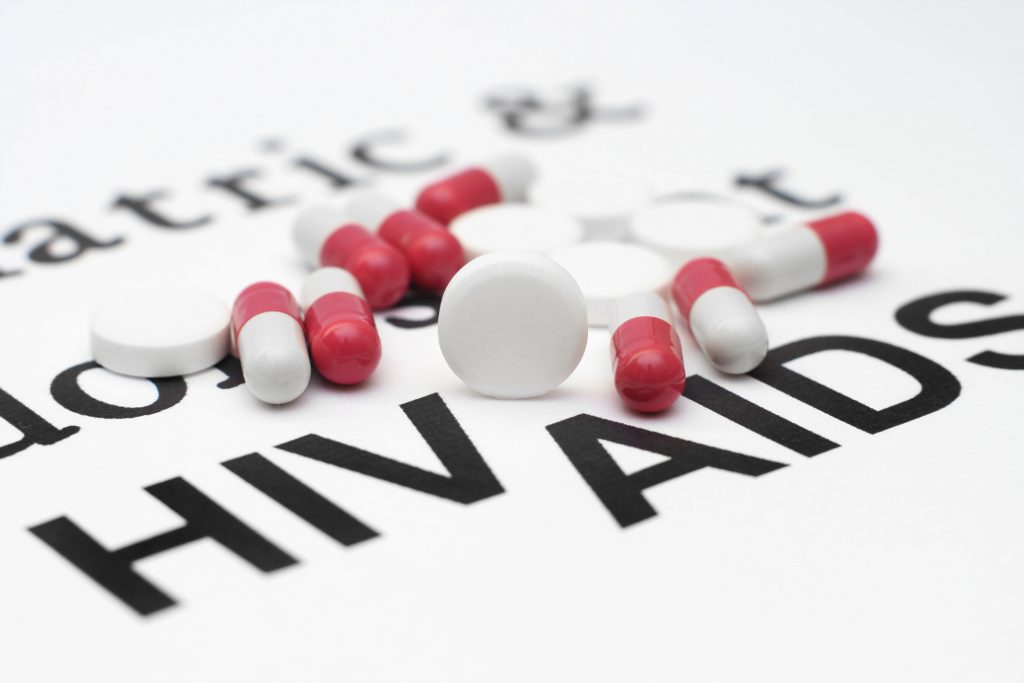
Understanding Gilead Acquisition Strategy
Gilead has grown big mainly due to its focus on strategic acquisitions. Since 1999, Gilead has acquired 16 companies which have added complementary capabilities to the firm. In 2006, Gilead acquired Corus Pharma, Inc. and Myogen, Inc. for roughly $2.9 billion. The acquisition of these two firms solidified Gilead’s entry into the respiratory and cardiopulmonary treatment arena. In 2009, Gilead acquired CV Therapeutics, Inc. for $1.4 billion, to enter the lucrative cardiovascular market. From 2010 to 2011, Gilead acquired three companies in an effort to expand research and development further into oncology. Gilead’s largest and most important acquisition was Pharmasset, Inc. in 2011 at a cost of $10.4 billion to gain the Hepatitis C treatment Sovaldi (Sofosbuvir). Recently, the company has made strategic acquisitions of Galapagos to enter inflammation business and Nimbus Apollo to get access to potential treatment for non-alc*holic steatohepatitis and hepatocellular carcinoma.
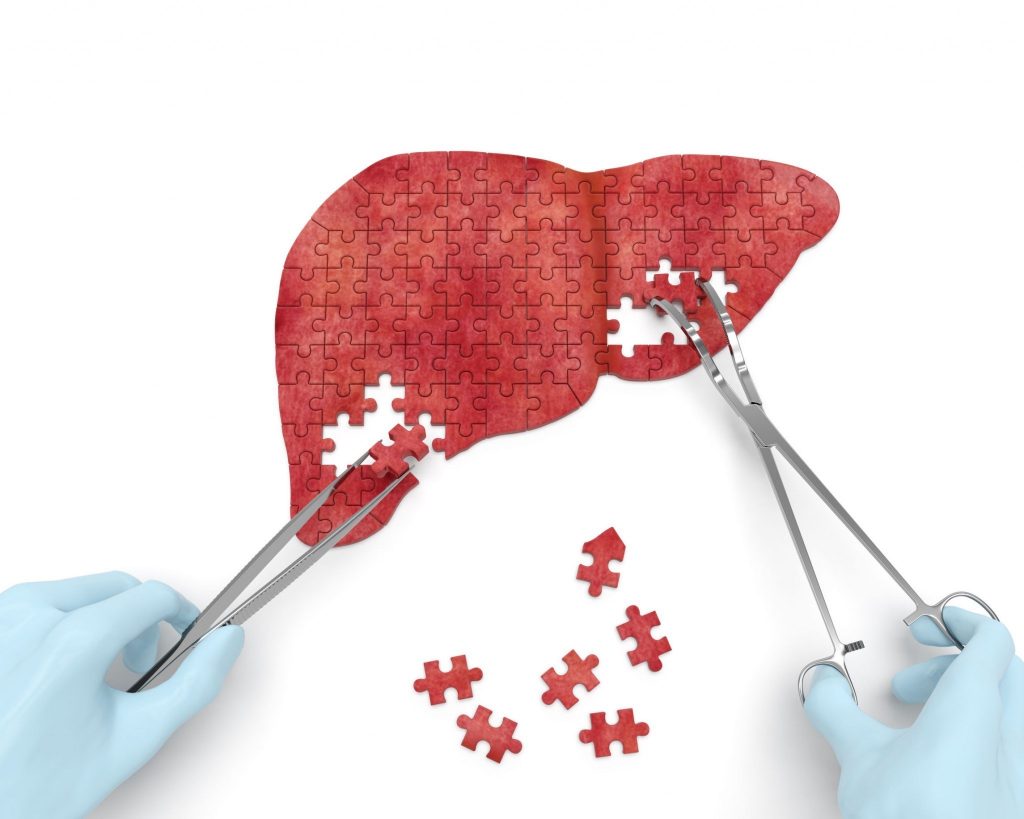
Understanding Pharmaceutical Products Business Model
In Pharmaceutical Product Business, Gilead utilizes both direct and indirect channels to influence the prescribers (Doctors) to:
- Prescribe new medicines to existing and new patients;
- Get new patients for existing medications by making patients aware about their diseases;
- Promote new indications for existing medications to providers.
The company sells these products primarily to medications wholesalers and retailers, hospitals, government agencies and health maintenance organizations (HMOs). Following diagram shows how Gilead generates revenues in the pharmaceutical product business.
Gilead Revenue Model
As discussed earlier, Gilead sells Pharmaceutical products to patients through medication wholesalers & retailers, hospitals, government agencies & HMOs and sells Surgical Devices to hospitals through wholesalers. The company also work with a network of regional business partners, generic licensing partners, the Medicines Patent Pool and other stakeholders to sell its products globally.
Gilead Revenues By Business Segment FY’15
In FY’15 (fiscal year ended December 31, 2015), Gilead generated $32.6 billion of total revenues. Of these total revenues, Gilead generated.
- $32.1 billion revenues, 98.5% of the total, from the Pharmaceutical products
- $0.5 billion revenues, 1.5% of the total from Royalty, contract, and other revenues
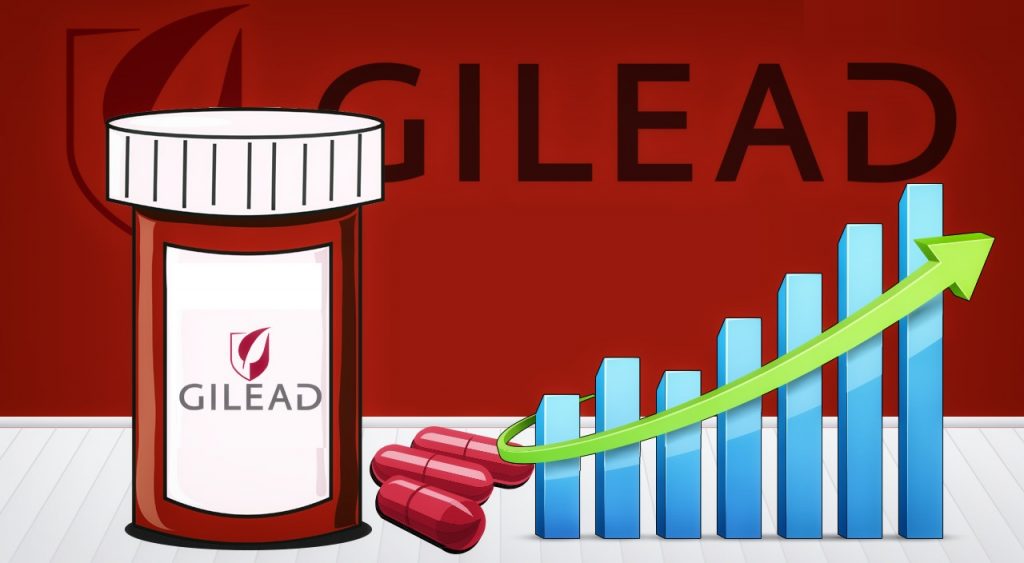
Gilead Profits And Profit Margins FY’15
Of the $32.6 billion of Gilead total revenues in FY’15, $4.0 billion were the costs of goods sold. This resulted in $28.6 billion of gross profit and a gross margin of 87.7%. Gilead other operating costs were $6.4 billion. These include marketing & administrative expenses, and research and development (R&D) expenses. This resulted in $22.2 billion of operating profit and an operating margin of 68.0%. After interest and other non-operating income and expenses and income taxes, Gilead had a net profit of $18.1 billion and a net margin of 55.5%.

